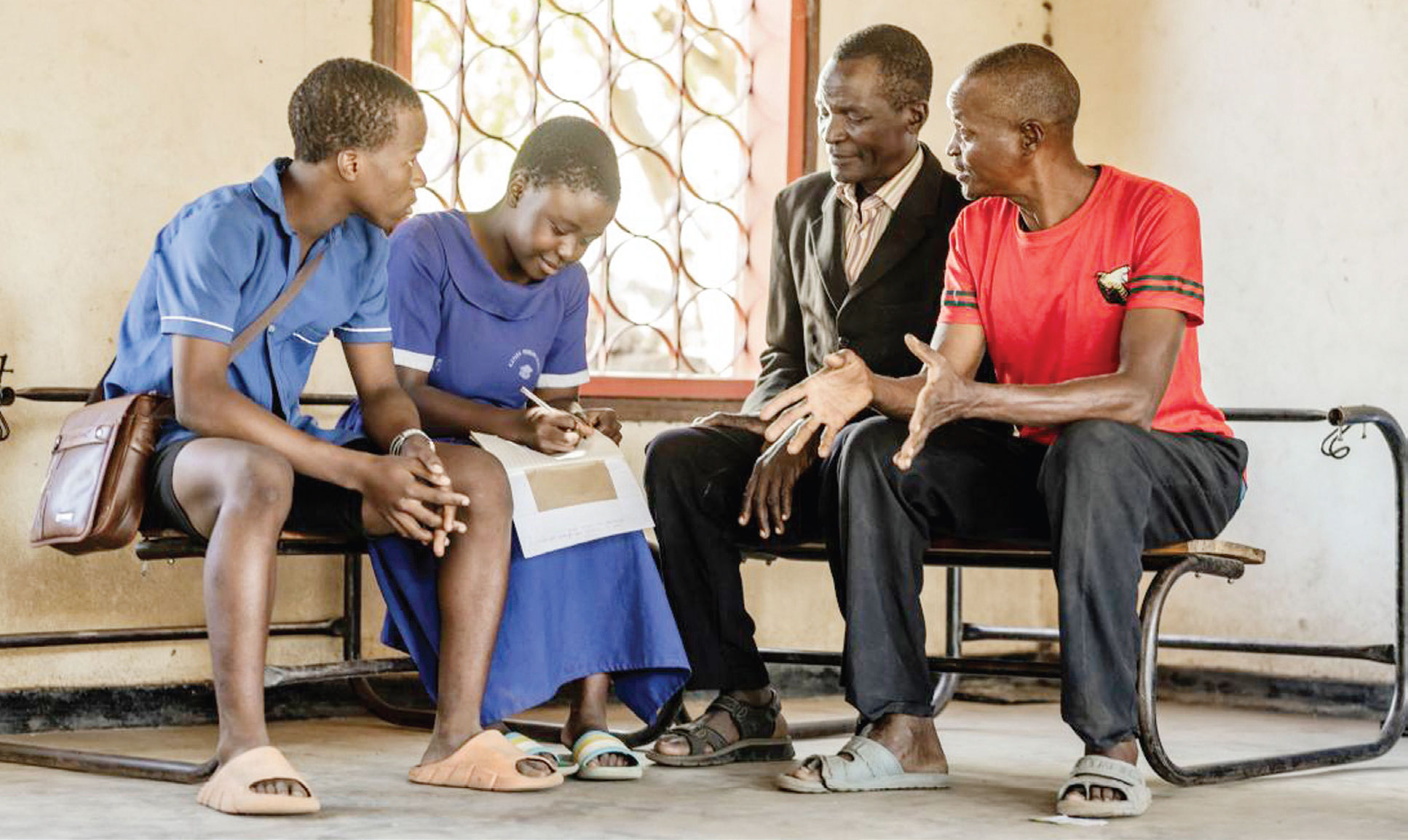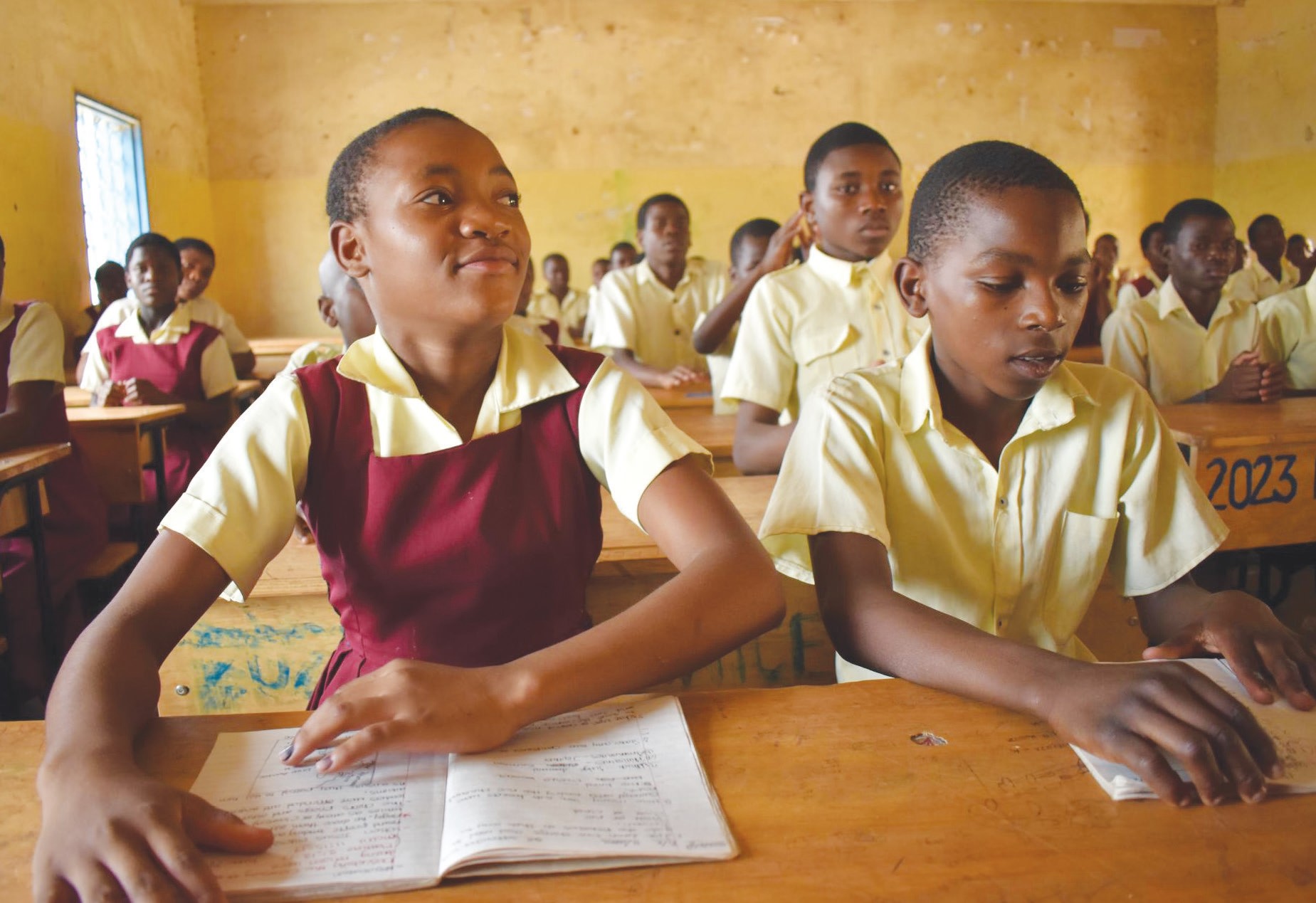Gule wamkulu aids schooling
In 2015, Parliament made education unavoidable for every child, but many boys and girls keep missing classes without any sanctions.
What measures can help increase school attendance in line with the Education Act?

Ukwe Primary School in Kalonga Zone, Lilongwe, has found a somewhat quirky answer in a time-honoured ancestral dance often blamed for keeping children out of school.
The school is tackling absenteeism and dropout rates using gule wamkulu, the cult-like great dance of the Chewa of Central and Southern Malawi.
The mask dancers roam the village every morning to ‘smoke out’ children of school-going age, thanks to by-laws formed by village heads together with the school committee.
The construction of new blocks under Malawi Education Sector Improvement Sector (Mesip) left children in the rural community with no reason to miss classes.
In the race to ensure every child has basic education, the community turned to gule wamkulu dancers to ensure no one is left behind.
“Exploring what the community could do, a consensus emerged that we could use gule wamkulu to bring children to school. As such, we incorporated this in our by-laws to eliminate any form of abuse of the procedure,” group village head Chinyama narrates.
The gule wamkulu ritual is the most iconic cult in the Chewa culture. Both initiates and those not initiated respect the mask dancers, who evoke fear in children.
It represents higher power which makes it ideal to drive children to school.
“The gule wamkulu dancers go door-to-door to bring children to school. Since the children fear the masks, they always show up for lessons,” says Chinyama.
The masked dancers are under strict instruction not to bring commotion to the school.
“They bring the children to school and go away,” Chinyama explains.
Headteacher Peter Kaphamtengo says the initiative has drastically reduced absenteeism at the school.
“Enrolment and retention rates have risen since we introduced the use of gule wamkulu to bring the pupils to school. Similarly, the number of dropouts dropped last year. Dropout rates have gone down by almost 90 percent, thanks to this development,” he states.
Before gule wamkulu intervened, the school was enroling 700 pupils.
The number has more than doubled to 1 500.
Takondwa Chiongo, a Standard Seven learner, says since gule wamkulu started making rounds in her village, she does not absent herself from school unless she falls sick.
Far from the common perception that the gule wamkulu is violent, “they don’t whip and terrify children”.
“They are gentle and kind when gathering the children to go to school,” says the 15-year-old. “They just come to our house and take us to school and then go away.”
Takondwa’s attendance and performance has improved since the gule wamkulu hit the ground running to ensure every child learns.
Gule wamkulu also rallies community members to participate in developing their school. When duty calls, the masks hop from one homestead to another, ensuring that everyone takes part in making the school better for every child.
They mobilise people to mould bricks and fetch sand for new school blocks and latrines.
Patrick Samalani, one of the locals, says this has improved the pace of buildings emerging at the school.
“Previously, we had to do with few hands as not everyone was involved, but all this has changed with gule wamkulu,” he says.
“Gulewankulu is a way of life in the villages surrounding the school and everyone respects the quasi-religious cult which teaches them to respect elders.
“When it is involved in such work, we know that we have to be involved, so we can say that it leads by example,” says Samalani. “It encourages us to send our children to school as we are also fined by the chiefs when they are absent from class.”
The by-laws require every guardian who allows a child to miss lessons without a valid reason to pay a goat or its cash equivalent. The fine partly finances school projects.
This mirrors collective efforts between school committee and community to ensure school facilities benefit every child.
The Nyau initiative was first trialled in Dowa and other districts in the Central Region by Creative Centre for Community Mobilisation (Creccom) to raise enrollment and education attainment.





